
Welcome to the homepage of the lecture
Correspondence Problems in Computer Vision
Winter Term 2010/2011
Home
About Us
People
Teaching
Research
Publications
Awards
Links
Contact
Internal
Correspondence Problems in Computer Vision
Computer Science Teaching Award (summer term 2008)
Lecturers:
Henning Zimmer,
Dr. Andrés Bruhn
Office hours: Friday, 14:15 - 15:15
Assistant:
Oliver Demetz
Winter Term 2010/2011
Lectures (2h) with programming/theoretical exercises (2h)
(6 credit points)
Lectures: Wednesday 14-16 c.t., Building E1.3, Lecture Hall 003
First lecture: Wednesday, October 20, 2010.
Tutorials: 2 hours each week
Group 1: Thursday, 14-16 c.t. (Henning Zimmer)
Tutorials: Building E1.1, Room 3.06 (theory)
Tutorials: Building E1.3, Cip-Pool 104 (programming)
Group 2: Thursday, 16-18 c.t. (Oliver Demetz)
Tutorials: Building E1.3, SR 015 (theory)
Tutorials: Building E2.4 (math building), Cip-Pool U009 (programming)
NEWS:
26/04/2011: The certificates are ready! More information below!
24/03/2011:The grades for the second written exam are available!
01/03/2011:The grades for the first written exam are available!
08/02/2011: Sample solutions to the self-test problems are online; see below.
04/02/2011: There was a small bug in the mutual information programming excercise (P13).
I thus updated the source code below and you can download a sample solution
here.
28/10/2010: Registration is now closed. You can check
here
in which group you are enrolled.
28/10/2010: The exam dates are now fixed. See below!
26/10/2010: Due to numerous requests, we now offer two tutorial groups, see above.
20/10/2010: Tutorials start next week!
20/10/2010: Check below for updates concerning the exam policy.
Prerequisites – Synopsis – Planned Contents – Assignments – References
Example - Stereo Reconstruction
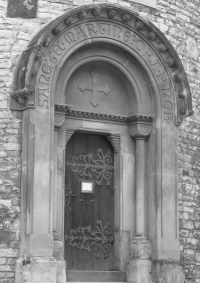
|
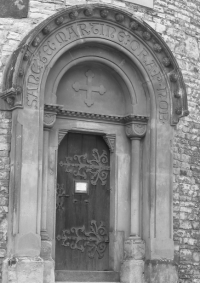
|
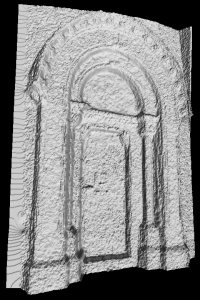
|
Example - Motion Estimation
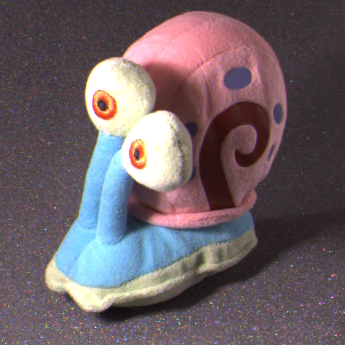
|
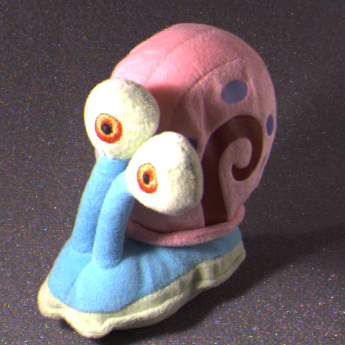
|
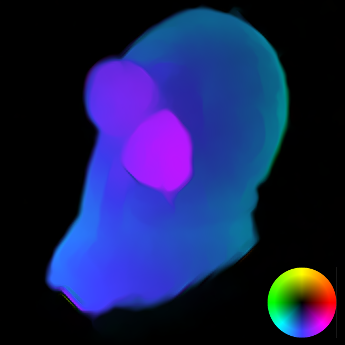
|
Requires undergraduate knowledge in mathematics (e.g. ''Mathematik für Informatiker I-III'') . Knowledge in image processing or differential equations is useful. The lectures will be given in English.
Correspondence problems are a central topic in computer vision. The basic
task amounts to identifying and matching corresponding
features in different images/views of the same scene. Typical examples for
correspondence problems are (i) the estimation of motion information from
consecutive frames of an image sequence (optic flow), (ii) the reconstruction
of a 3-D scene from a stereo image pair and (iii) the registration of medical
image data from different image acquisition devices (e.g. CT and MRT).
The central part of this lecture is concerned with discussing the most important
correspondence problems together with suitable algorithms for their solution.
This class is particularly useful for those students who wish to
to pursue a diploma or master thesis in our group in the field of
computer vision.
Programming excercises and theoretical assignments are offered as part of the tutorials.
The regular attendence of these excercises is requirement for admission to
the exam.
| Date | Assignment |
|---|---|
| 28/10 | P1 - Programming Assignment Sources |
| 11/11 | P3 - Programming Assignment Sources |
| 25/11 | P5 - Programming Assignment Sources |
| 09/12 | P7 - Programming Assignment Sources |
| 06/01 | P9 - Programming Assignment Sources |
| 20/01 | P11 - Programming Assignment Sources |
| 03/02 | P13 - Programming Assignment Sources |
| Date | Self-Test Problems |
|---|---|
| 02/02 | Self-Test Problems |
| 08/02 | Self-Test Problems - Solutions |
Please remember that you have to register online for the lecture/exam
in the HISPOS system of the Saarland University
We will write a written exam and a second chance exam at the end of the lecture-free period.
The better grade of both exams will count.
The first written exam takes place on Wednesday, February 23 from 2 to 4 PM
in Building E1.3, Lecture Hall 002.
The second written exam takes place on Wednesday, March 23 from 2 to 4 PM
in Building E1.3, Lecture Hall 002.
The results of the second written exam can be queried via our
online query form.
The results of the first written exam can be queried via our
online query form.
If you want to inspect your exam sheet, write me a mail to negotiate an appointment.
Please also let me know if you do not want to inspect your exam, as I can only
prepare the certificates (Scheine) after the last inspection.
The following thresholds were applied to determine the grades:
- 1.0 : 30 - 28 points
- 1.3 : 27 - 27
- 1.7 : 26 - 25
- 2.0 : 24 - 24
- 2.3 : 23 - 22
- 2.7 : 21 - 21
- 3.0 : 20 - 19
- 3.3 : 18 - 18
- 3.7 : 17 - 17
- 4.0 : 16 - 15
- 5.0 : 14 - 0
The certificates (Scheine) are issued by the office of the Mathematics Department.
They can be obtained from Mrs. Voss, Building E 2.4, Room 111 (math building, ground floor,
8.15-11.30 AM).
There is no specific book that covers the complete content of this class. Many lectures will be based on articls from journals and conferences. However, the following three books cover most topics:
- Optic Flow
A. Bruhn: Variational Optic Flow Computation: Accurate Modeling and Efficient Numerics.
Ph.D. Thesis, 2006. Available from /bruhn/PhDThesis.pdf
- Stereo Reconstruction
O. Faugeras and Q.-T. Luong: The Geometry of Multiple Images. MIT Press, 2001.
- Medical Image Registration
J. Modersitzki: Numerical Methods for Image Registration. Oxford Press, 2003.
MIA Group
©2001-2023
The author is not
responsible for
the content of
external pages.
Imprint -
Data protection